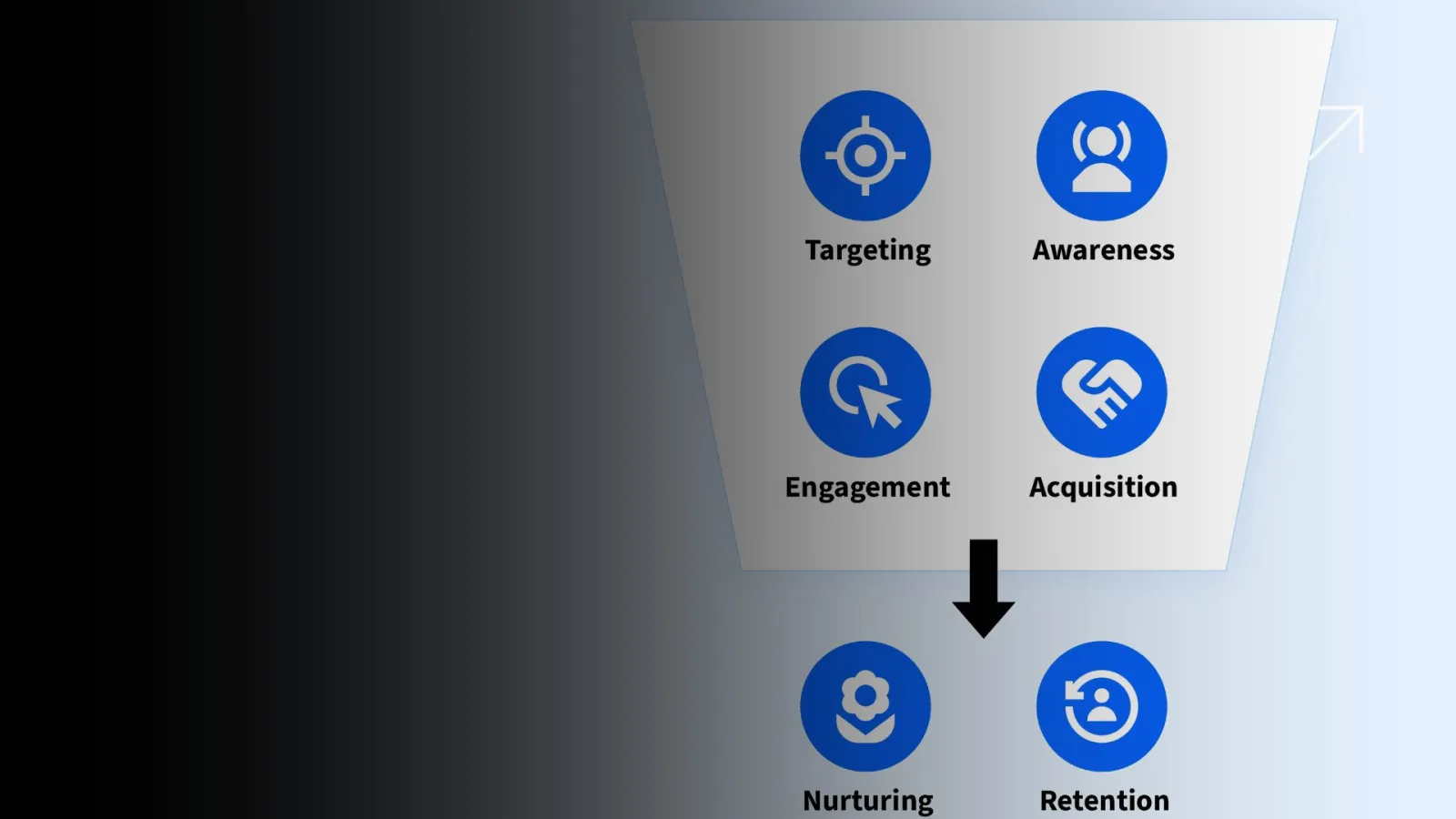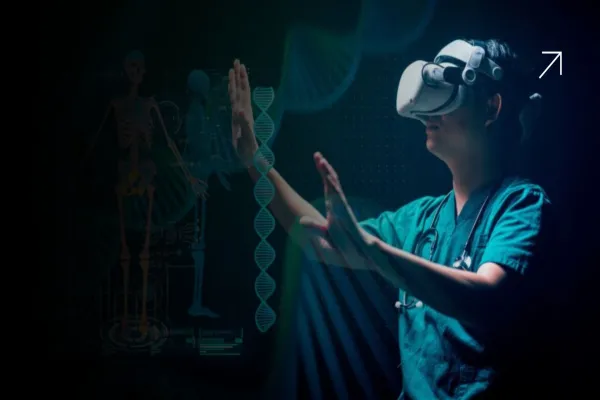Pharma has reached a turning point. Doctors don’t want generic detailers sent in bulk. Patients don’t trust one-size-fits-all education campaigns. Regulators demand accuracy, and competitors are already finding ways to connect more meaningfully. In this environment, personalization isn’t a “digital nice-to-have.” It’s the cost of entry.
Every pharma CMO knows engagement is slipping. Reps struggle to get appointments. Doctors ignore broad-based emails. Patients tune out repetitive SMS reminders. The only way to cut through this fatigue is relevance. That means personalization; not as a marketing gimmick, but as a system-wide approach powered by technology. And this is exactly where the right b2b healthcare marketing agency proves its worth.
What personalization really means in pharma
Let’s clear the air. Personalization in pharma is not about inserting a doctor’s name into an email subject line. It’s about delivering the right content, in the right format, at the right time, on the right channel.
For doctors, that could mean tailoring updates to their specialty, recent prescribing behavior, and preferred communication format.
For patients, it could mean reminders aligned to their therapy cycle, content in their local language, or support tools adapted to their age group.
The core idea is simple: respect the individual’s context. When personalization is done well, doctors feel understood, patients feel supported, and brands earn trust.
Doctor engagement through personalization
Generic content is why so many CRM platforms fail. A cardiologist doesn’t want the same material as a GP. An oncologist in Mumbai may prefer detailed clinical trial briefs via email, while a diabetologist in Indore may prefer short WhatsApp summaries in Hindi.
Personalization allows pharma to break free from the “blast” model. Systems can now segment doctors by specialty, region, digital behavior, and even their history of engagement. A rep armed with these insights doesn’t just push the same detailer to everyone. They deliver precisely what the doctor values most.
That’s why doctor engagement spikes when personalization is applied. Doctors are not rejecting digital; they’re rejecting irrelevance.
Patient engagement through personalization
Patients are no different. A chronic therapy patient doesn’t need endless reminders that they have diabetes. They need adherence nudges timed with prescription cycles. They need language-appropriate education, not English-heavy medical brochures. They need condition-specific support groups, not generic wellness campaigns.
Personalization allows pharma to become a partner in care, not just a manufacturer of drugs. And when patients feel supported, adherence improves. Better adherence leads to better outcomes. And better outcomes reinforce brand equity.
The compliance dimension
Now, personalization in pharma has its limits. You can’t cross regulatory lines or use sensitive data without consent. That’s where Schedule H, UCPMP, and MLR processes come in. But personalization doesn’t have to mean compliance risk. Done correctly, it means using approved content libraries, consent-driven patient data, and automated workflows that gate what’s appropriate for which audience.
A strong b2b healthcare marketing agency knows this line and builds systems that keep personalization safe. That means a doctor gets relevant trial data without promotional bias, and a patient gets adherence nudges without exposure to off-label claims. Compliance isn’t an obstacle: it’s the backbone that makes personalization sustainable.
Technology makes it possible
Until recently, personalization at this scale wasn’t practical. Now, MarTech platforms built for pharma can stitch together CRM, engagement tools, and analytics to make it real.
- Data integration: Pulling prescribing patterns, engagement history, and specialty data into unified profiles.
- Segmentation engines: Automatically grouping doctors or patients based on real behavior, not guesswork.
- Trigger-based engagement: If a doctor attends a webinar, the next follow-up is automated. If a patient misses a refill, an SMS reminder is triggered.
- Localisation engines: Delivering content in multiple languages, optimized for both metros and Tier 2/3 towns.
This is personalization at scale. And it’s what separates pharma companies who talk about digital transformation from those who actually achieve it.
Why Indian pharma can’t afford to wait
Indian pharma is at a unique inflection point. The market is growing fast, but so is competition. Doctors are more digitally active than ever, but also more selective about who they engage with. Patients are more informed, but also more skeptical of brand messaging.
In this landscape, generic engagement is invisible. Personalization is the only way to be heard. Companies that adopt it now will set the standard. Those that delay will lose share to competitors who are already making it real.
The boardroom conversation
For CMOs, the question is no longer “should we personalize?” It’s:
- How do we build personalization without adding compliance risk?
- How do we execute personalization at scale, across therapy areas and geographies?
- How do we ensure reps are part of the personalization engine, not bypassed by it?
- Which b2b healthcare marketing agency can design systems that deliver personalization as part of the workflow, not as a patchwork afterthought?
These are boardroom-level questions because they directly impact prescription uptake, adherence, and long-term brand trust.
Personalization as the new baseline
Let’s be clear: personalization is not the future of pharma marketing. It’s the present baseline. Doctors expect it. Patients demand it. Regulators allow it, if done responsibly. And technology finally makes it possible.
The companies that act now will own engagement. The ones that don’t will keep blasting generic campaigns into the void, mistaking activity for impact.
If your engagement still looks generic, you’re already behind. Let’s build personalization systems that doctors and patients actually respond to.





